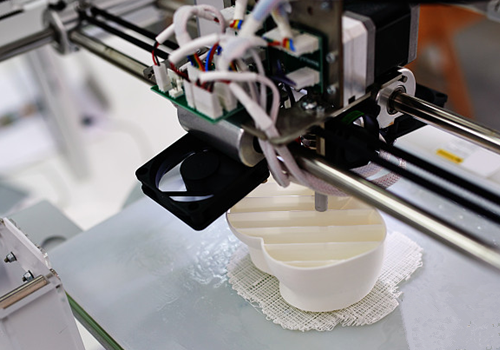The granules supplied tend to contain varying degrees of moisture, fluxes, and other volatile low molecular substances, especially the hygroscopic TPR moisture content which always exceeds the allowable limit for processing. According to the characteristics of materials and feeding conditions, the appearance and process properties of materials should be tested before molding. Therefore, it is necessary to dry and determine the moisture content before processing. TPR moisture content requirements at high temperatures under 5%, even 2% – 3%, so commonly used vacuum oven at 75 ℃ to 90 ℃ drying for 2 hours. The dried materials must be properly sealed and stored to prevent the materials from re-hygroscopicity from the air. The hopper in the drying chamber can continuously provide the hot dry materials for the injection molding machine, which is beneficial to simplify the operation, keep clean, improve the quality and increase the injection rate. The loading amount of the drying hopper is 2.5 times that of the injection molding machine per hour.
TPR dyeing
TPE based on SBC is superior to most other TPR materials in color. Therefore, they only need a small amount of masterbatch to achieve a certain color effect, and the resulting color is purer than other TPR. Generally speaking, the viscosity of color masterbatch should be lower than that of TPR, because the melting index of TPR is higher than that of color masterbatch, which will facilitate the dispersion process and make the color distribution more uniform.
For SBS – based TPE, a polystyrene color carrier is recommended.
For TPR based on hard SEBS, a polypropylene (PP) color carrier is recommended.
For TPR based on soft SEBS, low-density polyethylene or ethylene acetate copolymers can be used.
For softer varieties, a PP color carrier is not recommended because the hardness of the composite will be affected.
For some applications, the use of polyethylene (PE) carrier may adversely affect adhesion to the substrate.
Cleaning cylinder before injection
When the injection machine is used for the first time or when it needs to change the product, raw material, color or find decomposition in plastics in production, it is necessary to clean or dismantle the barrel of the injection machine. The cleaning machine barrel is usually cleaned by heating machine barrel with plastic raw material (or plastic recycling material). For TPR material, the transition cleaning material can be replaced by the new material processed.
Molding temperature of TPR
In the process of injection molding, whether the temperature setting is accurate or not is the key to the appearance and performance of the product. The temperature in the feeding area should be set to a low enough level to avoid clogging the inlet and allowing trapped air to escape. When a color masterbatch is used, the temperature in the transition zone should be set above the melting point of the color masterbatch to improve the mixing state. The temperature in the area closest to the injection nozzle should be set close to the required melt temperature. Therefore, after testing, the temperature range of TPR products in each area is usually set as follows: the cylinder is 160 ℃ to 210 ℃, and the nozzle is 180 ℃ to 230 ℃。
Mold temperature should be set higher than the condensation temperature in the injection zone. This will prevent moisture contamination of the mold and streaks on the surface of the product. Higher mold temperatures usually result in longer cycle times, improved weld line, and product appearance. The mold temperature range should be set between 30 ℃and 40℃.

